BRIEF
The Dajingang Es5 190Horsepower 4X2 24Ton Truck Crane is a highly capable and versatile piece of heavy – equipment machinery.
1. Power and Mobility
- With a 190 – horsepower engine, it has sufficient power for both driving to job sites and performing lifting operations. This power enables it to move smoothly on various terrains, whether it’s on paved roads during transportation or on somewhat rough construction sites when in operation.
- The 4X2 drive configuration provides a balance between traction and fuel efficiency. It allows the truck crane to be relatively maneuverable, making it easier to navigate through narrow passages at construction sites or in industrial areas.
2. Lifting Capacity
- Having a 24 – ton lifting capacity, it can handle a wide range of medium – a – heavy loads. This makes it suitable for many construction and industrial applications, such as lifting building materials like steel beams, concrete blocks, and pre – fabricated components, as well as moving machinery parts within a factory or on a construction site.
3. Crane Structure
- The crane’s structure is designed to ensure stability during lifting. It likely has a well – built chassis that can support the weight of the vehicle and the load being lifted. The boom of the crane is an important component, which may be engineered to have adjustable reach, allowing it to access different heights and distances.
4. Application Areas
- In construction, it can be used for tasks like erecting small – a – medium – sized buildings, where it can hoist materials to the required floors. In industrial settings, it can assist in loading and unloading heavy equipment onto trucks or trailers. It can also be utilized in infrastructure projects for tasks such as lifting and placing components for small – scale bridges or other structures.
5. Operator – Focused Design
- The operator’s cab is probably designed with comfort in mind. It may have ergonomic seating and controls, allowing the operator to work for extended periods without excessive fatigue. The controls are likely to be intuitive, making it easier for the operator to perform precise lifting, swinging, and boom – adjusting operations.
FEATURES
The Dajingang Es5 190Horsepower 4X2 24Ton Truck Crane is a remarkable piece of heavy – equipment machinery with a variety of features that make it suitable for diverse lifting and transportation tasks.
1. Engine Power and Drive System
- Engine Power: The 190 – horsepower engine equips this truck crane with a reliable source of power. This power is essential for multiple aspects of the crane’s operation. It enables the vehicle to travel at a reasonable speed to job sites, whether on highways or on local roads. During lifting operations, it provides the necessary force to hoist loads up to its 24 – ton capacity. The engine’s power output also ensures smooth and consistent operation, reducing the risk of stalling or power – related issues during heavy – lifting tasks.
- 4X2 Drive Configuration: The 4X2 drive configuration offers a practical combination of functionality. It provides sufficient traction for the crane to operate on different terrains. On paved roads, it allows for efficient movement with reduced fuel consumption compared to more complex drive systems. At construction sites, it can handle the relatively uneven surfaces, although it may not be as suitable for extremely rough or off – road conditions as some other drive configurations. This drive type also simplifies the mechanical structure of the vehicle, potentially leading to lower maintenance costs over time.
2. Lifting Capacity and Performance
- 24 – Ton Lifting Capacity: With a 24 – ton lifting capacity, the Dajingang Es5 can handle a significant amount of weight. This capacity makes it a valuable asset in various industries. In construction, it can lift common building materials such as large steel beams, pre – cast concrete elements, and heavy – duty scaffolding. In industrial applications, it can be used to move machinery components during installation, maintenance, or relocation. The crane is designed to ensure stable and safe lifting within this capacity range, with appropriate load – bearing components and structural reinforcements.
- Lifting Precision: The crane is engineered for precision in lifting operations. It likely features a well – calibrated winch system that can control the speed and smoothness of the lifting process. The boom mechanism is designed to be responsive, allowing for accurate placement of the load at the desired height and location. This precision is crucial for tasks where exact positioning is required, such as placing building components in a specific location or loading delicate industrial equipment onto a truck.
3. Structural Design for Stability
- Chassis Stability: The chassis of the Dajingang Es5 plays a vital role in providing stability. It is built to withstand the combined weight of the vehicle, the load being lifted, and the forces exerted during lifting and movement. The chassis is likely constructed from high – strength materials and is engineered with a layout that evenly distributes the load across its structure. This helps prevent tipping and ensures a stable base for lifting operations, both when the crane is stationary and during slow – speed movements.
- Boom Structure: The crane’s boom is a key component for lifting. It is probably made from durable materials, such as high – strength steel, to support the 24 – ton loads without excessive deformation. The boom may have a telescopic design, allowing for variable reach. Telescopic booms can be extended or retracted to adjust the lifting height and distance, providing flexibility in accessing different areas on the job site. The boom’s design also takes into account factors such as wind resistance and load distribution to maintain stability during lifting.
4. Safety Features
- Load – Monitoring Systems: To ensure safe operation, this truck crane is likely equipped with load – monitoring systems. These systems constantly measure the weight of the load being lifted, the angle of the boom, and the overall stability of the crane. If the load approaches or exceeds the crane’s rated capacity, the operator is alerted, preventing overloading and potential accidents. This real – time monitoring is crucial for maintaining the safety of the operator, the crane itself, and the surrounding environment.
- Boom – Related Safety: There may be safety features related to the boom, such as anti – two – block systems. These systems prevent the boom from being over – extended or the hoist rope from over – winding, which could lead to damage to the crane or cause the load to fall. Additionally, boom angle indicators may be present to provide the operator with accurate information about the boom’s position, enabling them to operate within safe parameters.
- Operator Safety: The operator’s cab is designed with safety in mind. It may have features such as reinforced construction, proper ventilation, and good visibility. Good visibility is essential as it allows the operator to see the lifting area, the load, and the surrounding environment clearly, reducing the risk of collisions and other accidents. The cab may also be equipped with safety belts and other protective equipment for the operator.
5. Operator – Friendly Design
- Cab Comfort: The operator’s cab is designed to provide comfort during long – hour operations. It may feature ergonomic seating, which offers proper support to the operator’s body, reducing fatigue. The cab interior may also be equipped with climate – control systems to maintain a comfortable working temperature, regardless of the external weather conditions.
- Control Systems: The control systems in the cab are designed to be user – friendly. They may consist of intuitive levers, pedals, or buttons that are easy to operate. The controls are arranged in a logical manner, allowing the operator to quickly and accurately perform various crane functions, such as lifting, lowering, swinging, and boom movement. This ease of operation not only improves efficiency but also reduces the likelihood of operator error.
6. Versatility in Applications
- Construction: In construction projects, the Dajingang Es5 can be used for a variety of tasks. It can assist in erecting building frames by lifting and positioning steel columns and beams. It can also be used for loading and unloading construction materials at the site, such as bricks, mortar, and roofing materials.
- Industrial: In industrial settings, the crane can be used for moving heavy machinery components during installation, maintenance, or relocation. It can also be used for loading and unloading large – scale industrial equipment onto trucks or railcars.
- Logistics: In the logistics industry, the truck crane can be utilized at warehouses and distribution centers. It can help with handling and stacking containers, pallets, and other goods, providing an efficient solution for loading and unloading operations.
SPECIFICATION
| Basic Information | |
| Overall machine dimensions:length × width × height | 11.64 × 2.37 × 3.42 meters |
| Wheelbase | 4,800 mm |
| Total counterweight | 24 tons |
| Maximum traveling speed | 85 km/h |
| Approach angle/departure angle | 17/10 degrees |
| Engine Parameters | |
| Engine model | Weichai WP4.1NQ190E61 |
| Maximum output power | 140 kW |
| Rated rotational speed | 2,600 rpm |
| Chassis Parameters | |
| Chassis model | BJ1184VKPFG – 01 |
| Chassis brand | Foton Ruiwo |
Related Posts:










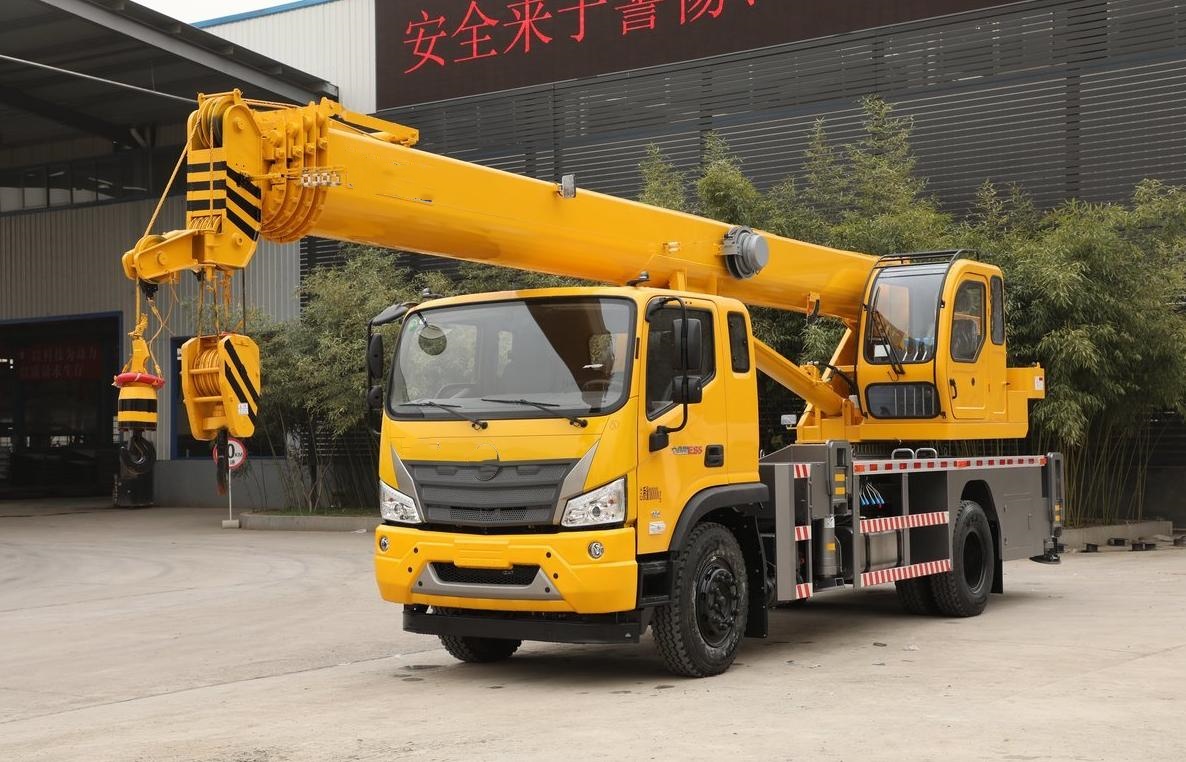
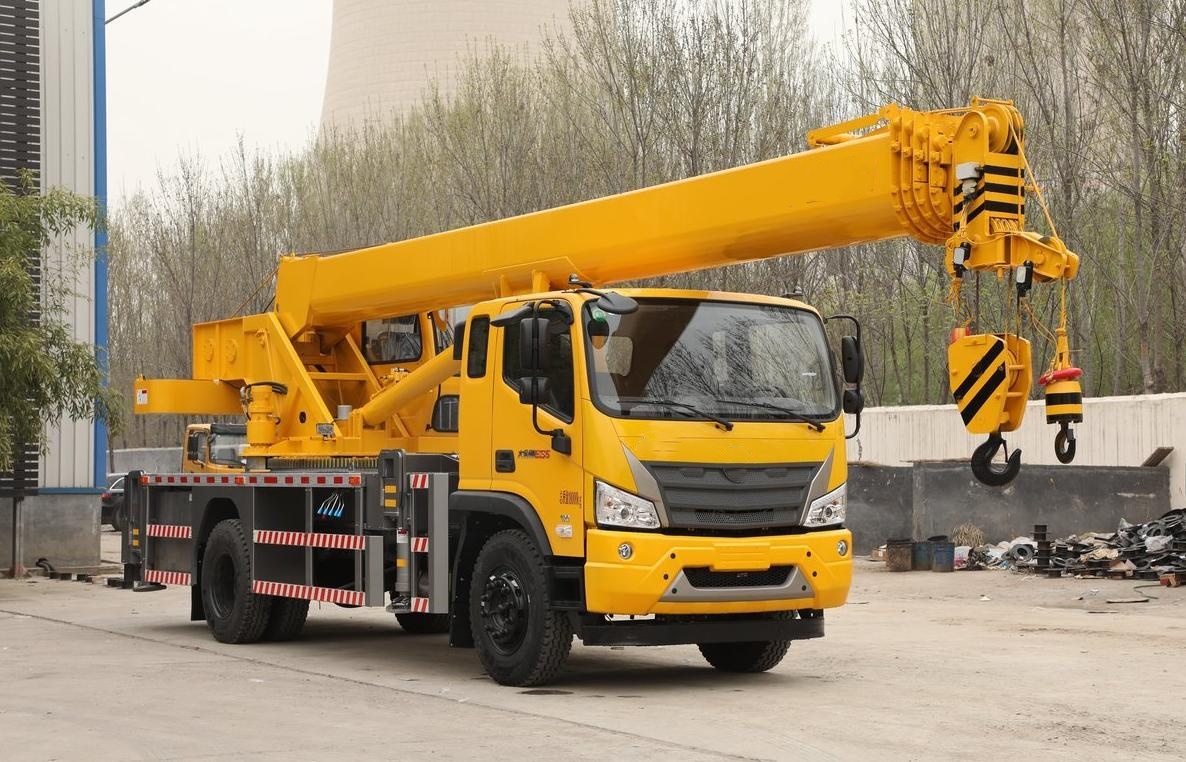

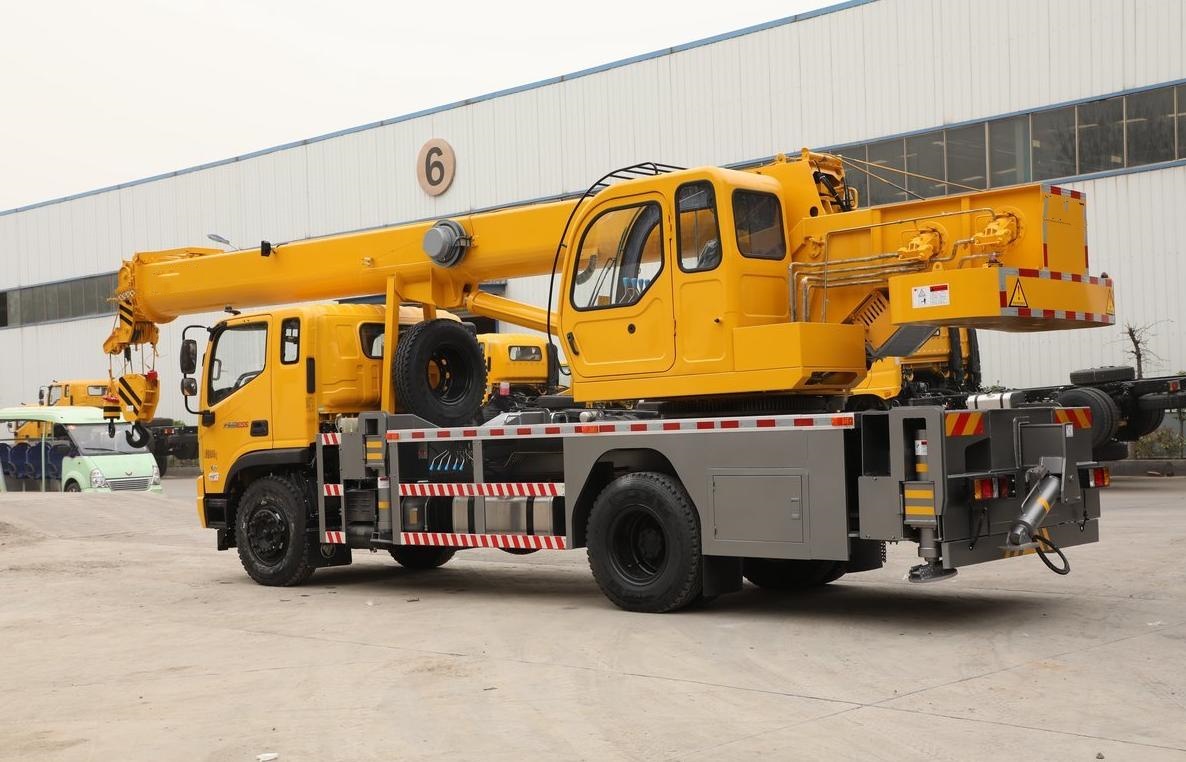
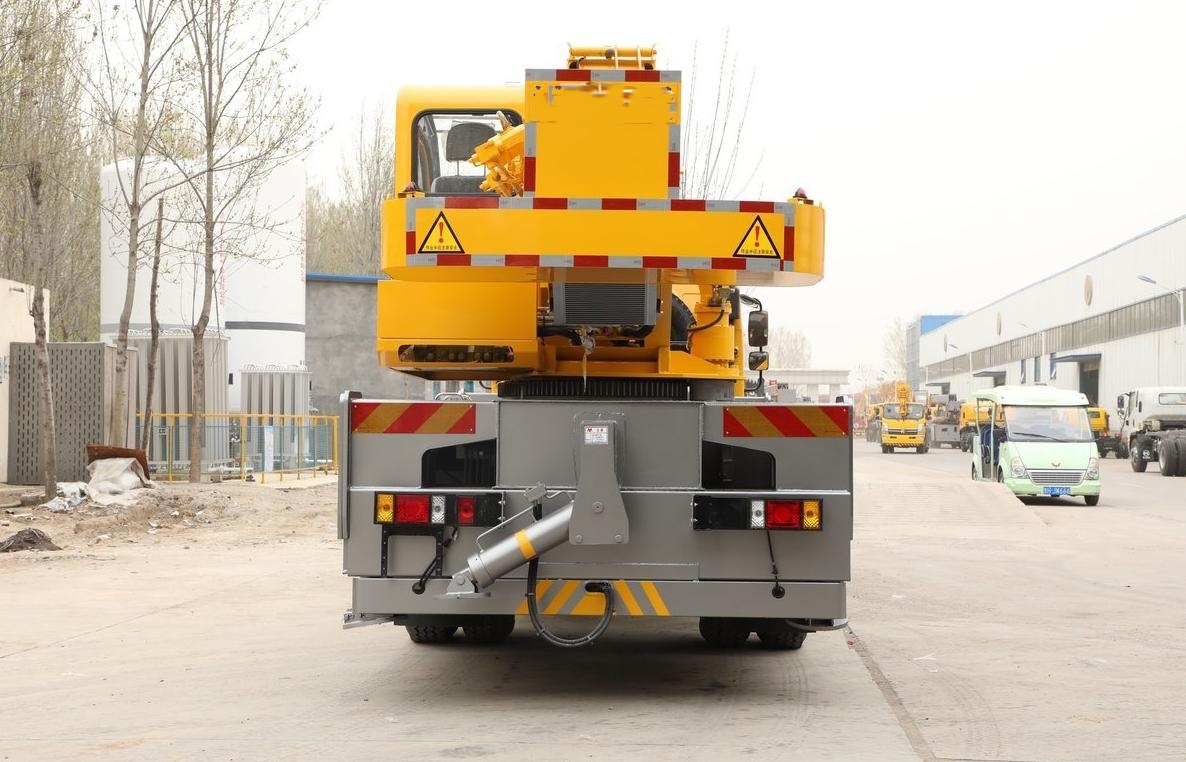
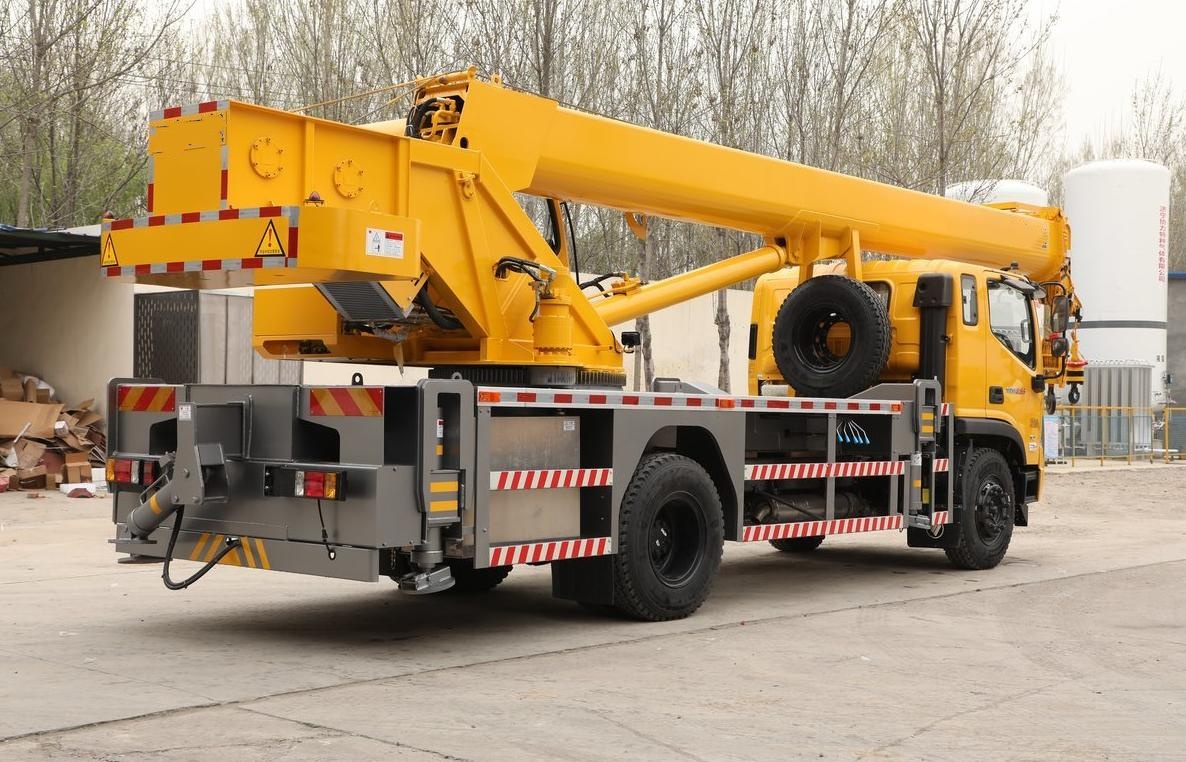







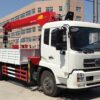


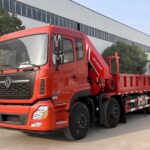
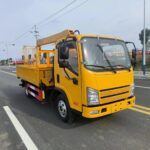
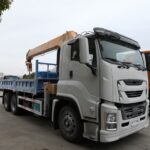
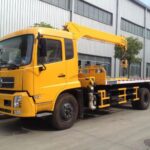

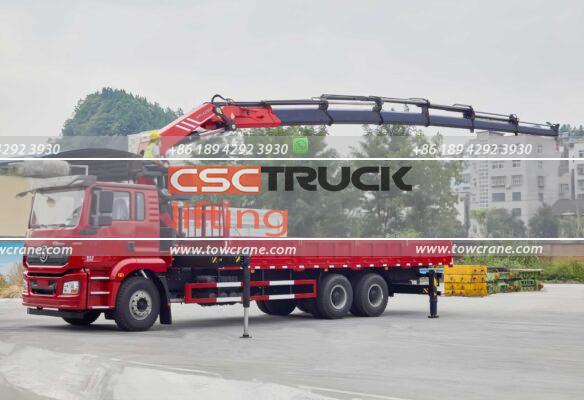
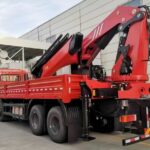





Reviews
There are no reviews yet.